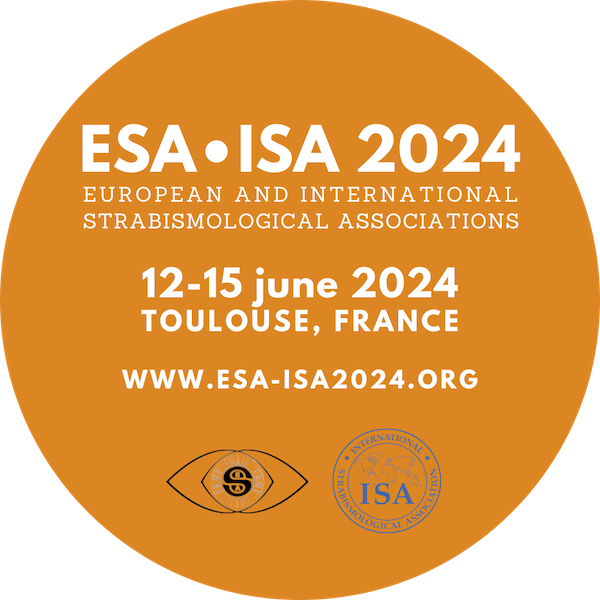
Session: Poster session A
Utility of the Red Reflex Test for Detecting Ophthalmic Pathology in the Pediatric Population
Introduction: The red reflex screening test (RRT) is heavily relied upon to detect ocular pathologies in the pediatric population. Some studies report limitations in accurately detecting posterior segment pathologies (PSP). In this study we compared the efficacy of the RRT to identify anterior segment pathologies (ASP) compared to PSP and evaluated the role of ambient illumination and pharmacological dilation on the results of the RRT.
Methods: After IRB approval, ophthalmology residents and fellows at our tertiary care institution blinded to the patient diagnosis performed a standardized RRT both in standard illumination and in the dark and before and after pharmacologic pupil dilation. Following the RRT, a retina specialist blinded to the RRT results examined the patient to identify any ocular pathologies. The findings of this prospective trial were analyzed for efficacy of the RRT and to compare our variables of interest.
Results: A total of 84 patients (168 eyes) with a mean age of 9.0±5.5 years were included in the analysis. 90 eyes (53.6%) had evidence of a PSP, while 16 eyes had findings consistent with ASP (9.5%). Aligning with literature reports, the RRT showed higher sensitivity and negative predictive value (NPV) for ASP compared to PSP which had higher specificity and positive predictive value (PPV). Additionally, ambient lighting had no significant effect on the RRT results while dilation significantly increased the accuracy of the RRT results for both ASP and PSP.
Conclusions: Although the RRT is effective in detecting ASP, it has a very low sensitivity for detecting PSP in children. Pupil dilation increases the accuracy of the RRT but is impractical for use at a well child visit. Ambient lighting changes do not impact results. Our results indicate the RRT is useful for screening for ASP and it is useful if positive for PSP. A negative RRT screening for PSP is inconclusive and therefore should not be considered a reliable test to exclude PSP pathology.